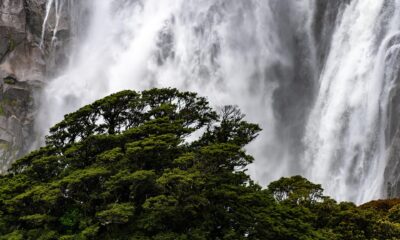Local Recommendations
Montecristo National Park: Exploring El Salvador’s Enchanting Cloud Forest
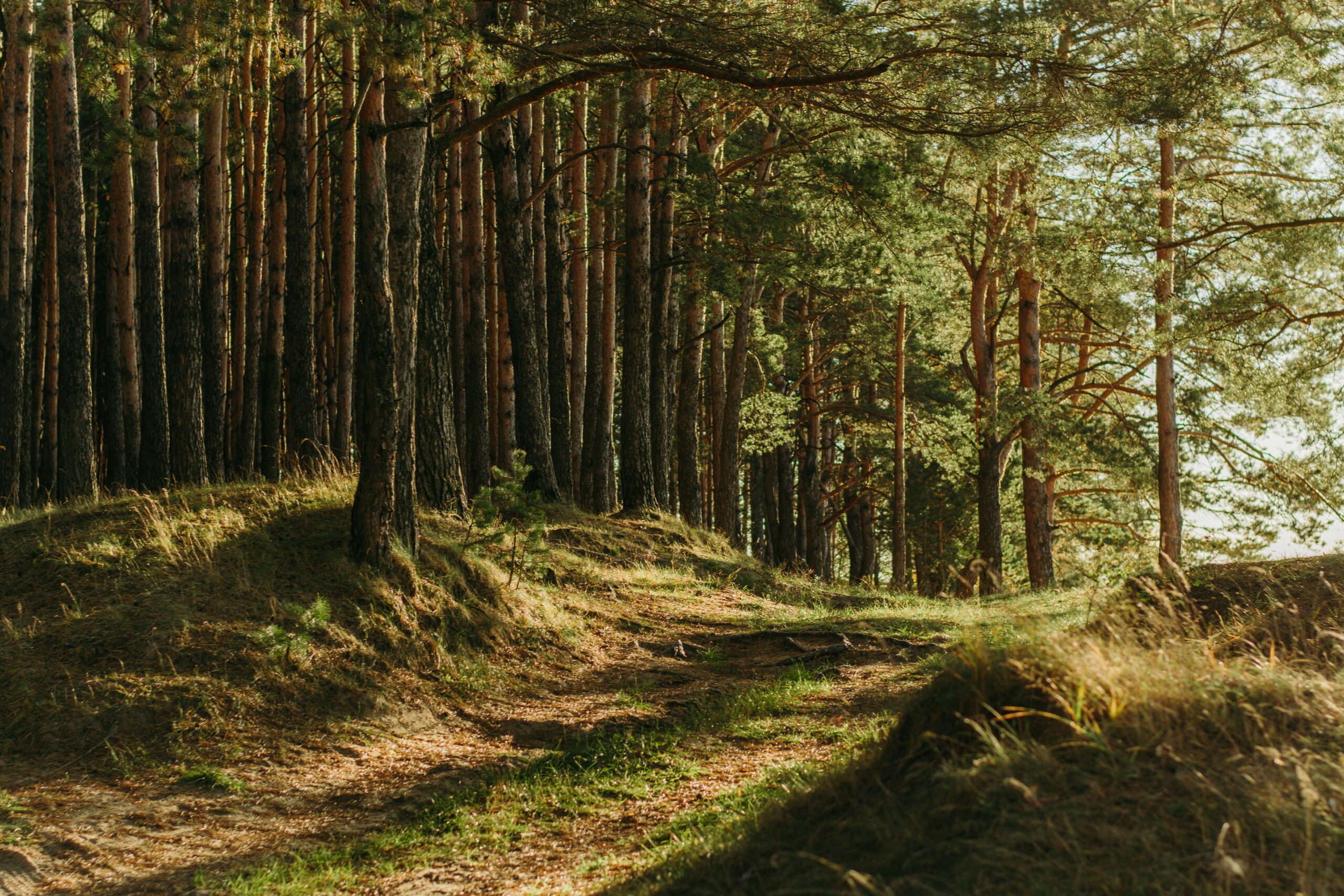
Found in the northwestern corner of El Salvador, Montecristo National Park is a breathtaking cloud forest reserve that offers a stark contrast to the country’s tropical beaches and volcanic landscapes. Known for its lush biodiversity, misty trails, and rich wildlife, Montecristo is a dream destination for nature lovers and adventure seekers alike.
A Natural Wonderland
Montecristo National Park covers over 2,000 hectares and forms part of the Trifinio Biosphere Reserve, where El Salvador, Honduras, and Guatemala meet. It is one of the few remaining cloud forests in Central America, characterized by its cool temperatures, constant mist, and dense vegetation.
Unique Flora and Fauna
The park’s high humidity and altitude create an ideal environment for a diverse range of plant and animal species. Some of the highlights include:
- Towering oak and cypress trees, some over 700 years old.
- Rare orchids and moss-covered forests that thrive in the cool climate.
- Exotic wildlife, including spider monkeys, pumas, and white-tailed deer.
- Over 275 bird species, making it a paradise for birdwatchers.

Best Things to Do at Montecristo National Park
Montecristo is an outdoor enthusiast’s paradise, offering a variety of eco-adventures:
- Hiking the El Trifinio Summit – A challenging but rewarding trek to the point where El Salvador, Honduras, and Guatemala intersect.
- Exploring the Garden of Hundred Years – A magical area filled with towering trees, moss-covered pathways, and a fairytale-like atmosphere.
- Wildlife Spotting – Bring binoculars to catch a glimpse of rare birds and mammals hidden within the dense foliage.
- Camping in the Cloud Forest – For those wanting an immersive nature experience, the park allows overnight camping with prior reservations.
Tips for Visiting Montecristo
- Wear warm clothing – Unlike most of El Salvador, temperatures in Montecristo can drop as low as 6°C (43°F).
- Bring sturdy hiking boots – Trails can be slippery due to constant mist and rainfall.
- Visit during the dry season (November to April) – It’s the best time for clear views and comfortable hikes.
- Book in advance – The park limits the number of daily visitors to protect the environment, so reservations are recommended.
- Bring a camera – The cloud forest scenery is unlike anything else in El Salvador.
How to Get There
Montecristo National Park is located about 120 km (75 miles) from San Salvador. The best way to reach it is by car or tour group, as public transport options are limited. A 4×4 vehicle is recommended due to rough roads leading up to the park.
Conclusion
For travelers seeking an unforgettable adventure in nature, Montecristo National Park is a must-visit destination. Its cool climate, breathtaking landscapes, and rich biodiversity make it one of El Salvador’s most unique natural treasures. Whether you’re hiking to the Trifinio summit, spotting rare wildlife, or simply soaking in the peaceful surroundings, Montecristo offers a truly magical escape into the heart of the cloud forest.
Local Recommendations
Santa Ana Volcano: Conquering El Salvador’s Tallest Peak

Towering over the landscape of western El Salvador, Santa Ana Volcano, also known as Ilamatepec, is the country’s highest and most iconic volcano. Standing at 2,381 meters (7,812 feet) above sea level, this active volcano offers adventurous travelers an unforgettable hiking experience, breathtaking views, and a glimpse into the raw power of nature.
The History and Significance of Santa Ana Volcano
Santa Ana Volcano has long been a sacred site for indigenous Pipil people, who revered it as a powerful force of nature. The name Ilamatepec translates to “mountain of the old woman” in Nahuatl, reflecting the cultural and spiritual significance of the volcano.
The volcano’s most recent eruption occurred in 2005, sending ash plumes into the sky and creating new craters in the summit. Today, it remains an active but closely monitored volcano, attracting hikers, geologists, and nature lovers from around the world.
The Hike to the Summit
The journey to the top of Santa Ana Volcano is one of El Salvador’s best hiking experiences. The 4-hour round-trip hike takes visitors through lush forests, rocky paths, and finally to the awe-inspiring crater.
What to Expect on the Hike:
- Starting Point: The hike begins at Cerro Verde National Park, where visitors register and join a guided group.
- Challenging Yet Rewarding Trails: The path is steep in some areas but manageable for hikers of all levels with basic fitness.
- Spectacular Views: As you ascend, you’ll witness stunning panoramas of Coatepeque Lake, Izalco Volcano, and the Pacific Ocean.
- The Crater’s Emerald Green Lagoon: The highlight of the hike is reaching the top, where you’ll be rewarded with a view of Santa Ana’s sulfuric crater lake, which boasts an intense greenish-blue color due to its mineral content.
Best Time to Visit
- The dry season (November to April) offers the best hiking conditions with clear skies and breathtaking views.
- Morning hikes are recommended to avoid afternoon clouds that may obscure the summit.
Tips for Visiting Santa Ana Volcano
- Bring plenty of water and snacks to stay hydrated.
- Wear sturdy hiking shoes with good grip for rocky sections.
- Carry sunscreen, a hat, and sunglasses to protect against the strong sun.
- Join a guided tour – hiking without a guide is not allowed, and tours depart daily around 11 AM.
- Bring a light jacket as it can be windy and cooler at the summit.
Why You Should Visit
Hiking Santa Ana Volcano is an unforgettable experience that combines adventure, natural beauty, and incredible views. Whether you’re an experienced hiker or a casual traveler looking for an exciting challenge, conquering El Salvador’s highest volcano is a must-do activity. The sight of the mesmerizing crater lake alone makes the effort well worth it, leaving visitors with a lasting impression of El Salvador’s volcanic wonders.
Local Recommendations
Tazumal: Exploring El Salvador’s Most Impressive Mayan Ruins
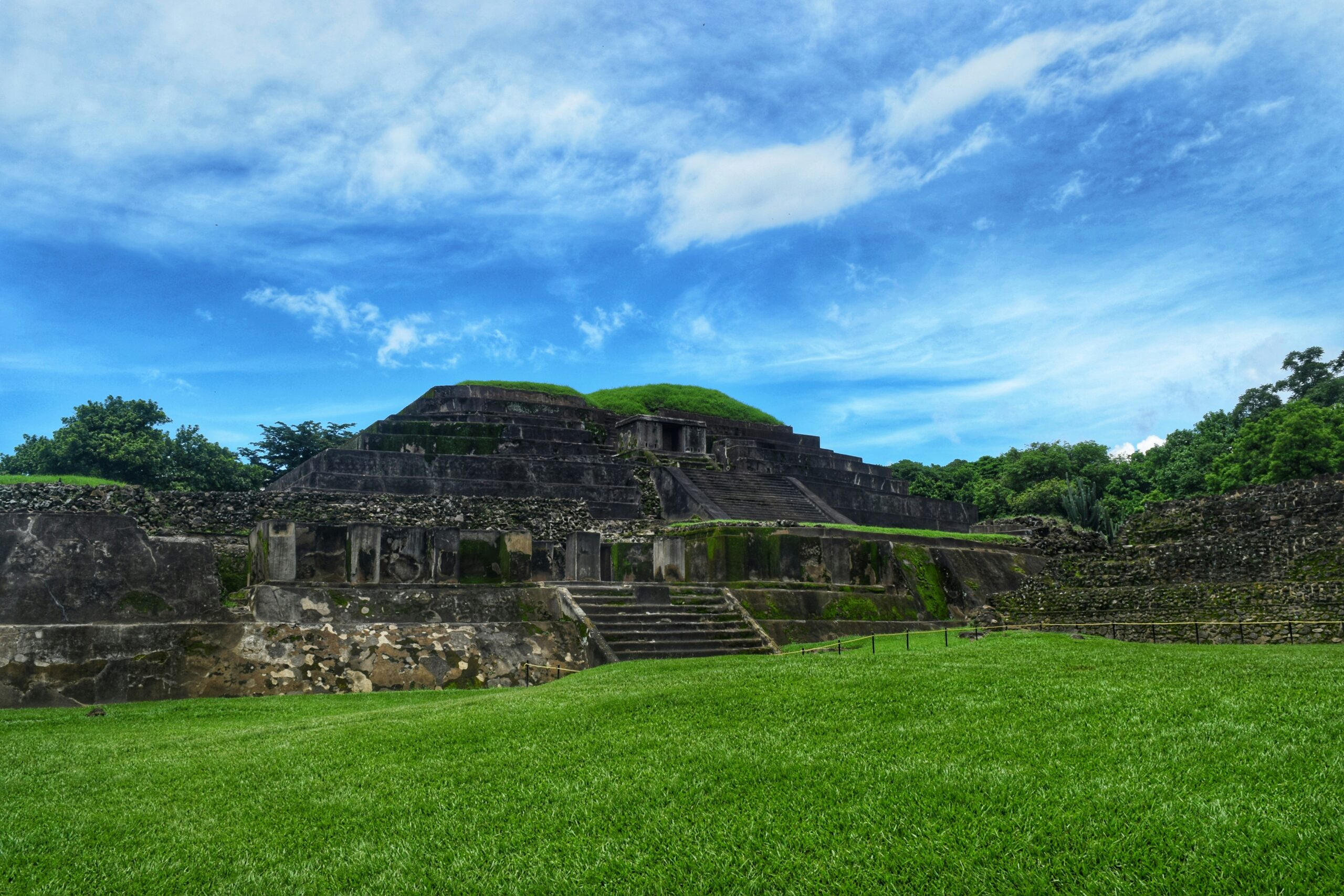
Tucked away in the city of Chalchuapa, Tazumal stands as one of El Salvador’s most significant archaeological treasures. This ancient site, which dates back to around 500 AD, offers a fascinating glimpse into the grandeur of Mayan civilization in Central America. As one of the best-preserved Mesoamerican ruins in the country, Tazumal attracts history enthusiasts, archaeologists, and curious travelers alike.
The History of Tazumal
The name Tazumal translates to “the place where the victims were burned” in the Pipil language, hinting at the site’s ritualistic past. It was part of the greater Chalchuapa archaeological zone, which was a major trading and cultural hub for various Mesoamerican civilizations. Evidence suggests that Tazumal was heavily influenced by both the Maya from Guatemala and the Toltecs from Mexico, creating a unique blend of architectural styles and cultural practices.
The site was abandoned around 1200 AD, likely due to climate change, warfare, or political shifts in the region. It remained hidden under layers of earth until excavations began in the 1940s, revealing its pyramids, tombs, and ceremonial structures to the world.
What to See at Tazumal
Visitors to Tazumal can explore an array of fascinating structures, including:
- The Main Pyramid, standing at 24 meters (79 feet) high, which was once used for ceremonies and possibly human sacrifices.
- Ball courts, where the ancient Mesoamericans played ritualistic games.
- Tombs of elite rulers and priests, adorned with intricate jade and ceramic artifacts.
- An advanced drainage system, showcasing the Mayans’ engineering prowess.
- Stone carvings and sculptures, including a prominent stone stela with inscriptions that tell stories of the past.
Tazumal’s Connection to the Maya World
Unlike the towering pyramids of Tikal or Chichen Itza, Tazumal represents a regional Mayan settlement, highlighting the lesser-known but equally rich history of the civilization in El Salvador. The site provides insight into the trade networks, religious beliefs, and daily lives of the people who once inhabited the area.
The On-Site Museum
Adjacent to the ruins is the Stanley H. Boggs Museum, named after the archaeologist who led the site’s excavation. The museum houses:
- Pottery, jade artifacts, and obsidian tools found at the site.
- Mayan sculptures and figurines, some dating back over 1,000 years.
- Historical documentation on Tazumal’s excavation and research findings.
Tips for Visiting Tazumal
- The site is located approximately 80 km (50 miles) from San Salvador, making it a perfect day trip.
- Wear comfortable walking shoes, as the site involves some exploration on uneven terrain.
- Visit early in the morning or late in the afternoon to avoid the midday heat.
- Bring a camera to capture the breathtaking ruins and surrounding scenery.
Conclusion
Tazumal is an essential stop for anyone interested in the rich history of El Salvador and the ancient Maya civilization. As one of the most significant archaeological sites in the country, it offers a deep connection to the past and an awe-inspiring experience for all who visit. Whether you’re a history buff or just looking to explore something unique, Tazumal is a journey through time that shouldn’t be missed.
Local Recommendations
El Zonte: El Salvador’s Surf Haven and Bitcoin Beach
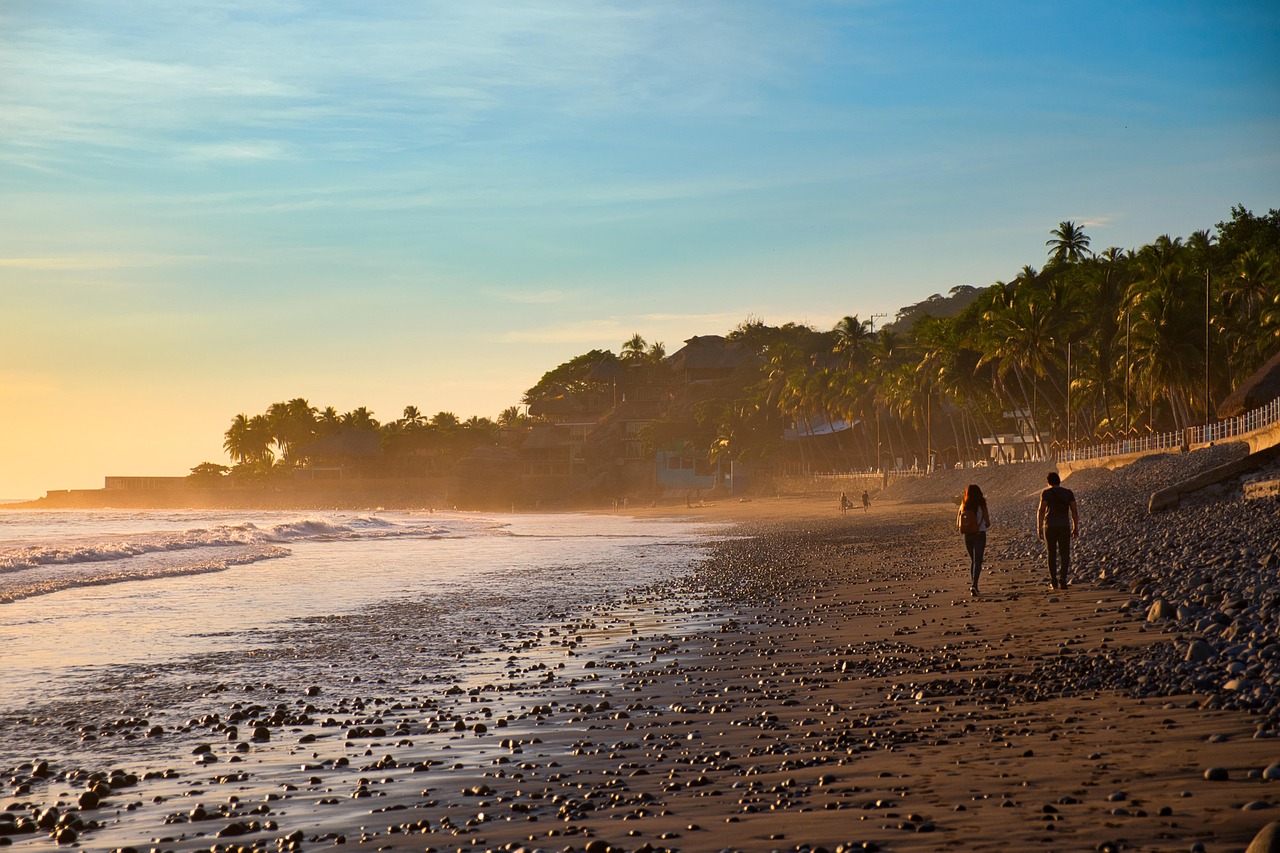
Tucked along El Salvador’s stunning coastline, El Zonte is a laid-back surf town that has captured international attention for its epic waves, relaxed atmosphere, and pioneering Bitcoin economy. Once a hidden gem, this small but vibrant beach destination has become a must-visit spot for surfers, digital nomads, and travelers seeking a peaceful coastal escape.
A Surfer’s Paradise
El Zonte is a world-class surfing destination, attracting wave riders from across the globe. The beach offers consistent right-hand point breaks that make it ideal for both beginners and experienced surfers. Unlike the more crowded El Tunco Beach, El Zonte maintains a more relaxed and authentic surf town vibe.
Best Surfing Spots in El Zonte:
- The Point – A long right-hand wave, perfect for intermediate and advanced surfers.
- The Beach Break – A softer wave ideal for beginners looking to catch their first ride.
- Nearby Hidden Spots – Local surf guides can take experienced surfers to off-the-beaten-path breaks for a more private experience.
Many surf schools and local instructors offer lessons and board rentals, making it easy for anyone to get started.
Bitcoin Beach: The Birthplace of Crypto in El Salvador
Beyond surfing, El Zonte gained global recognition as “Bitcoin Beach”, the first community in the world to adopt Bitcoin as a local currency. Before El Salvador became the first country to make Bitcoin legal tender in 2021, El Zonte was already pioneering a grassroots digital economy, where locals and visitors could pay for hotels, food, and even surf lessons using Bitcoin.
This initiative has turned El Zonte into a hub for crypto enthusiasts, attracting digital nomads and entrepreneurs interested in seeing how Bitcoin is transforming daily transactions in a real-world setting.
Things to Do in El Zonte (Beyond Surfing)
While surfing and Bitcoin culture define El Zonte, there are plenty of other activities to enjoy:
- Relax at Beachfront Cafés & Restaurants – Enjoy fresh seafood, pupusas, and smoothies at oceanfront spots.
- Explore the Tamanique Waterfalls – Just a short drive away, these waterfalls offer stunning natural pools and cliff-jumping opportunities.
- Yoga and Wellness Retreats – Many resorts and hostels offer yoga sessions, sound healing, and meditation by the beach.
- Sunset Bonfires & Live Music – The relaxed community vibe makes El Zonte a great place to unwind and meet fellow travelers.
Where to Stay
El Zonte offers a range of accommodation options, from budget-friendly surf hostels to luxurious eco-resorts with infinity pools overlooking the ocean. Popular stays include:
- Palo Verde Sustainable Hotel – A boutique eco-hotel with modern comforts.
- Esencia Nativa – A classic surf hostel with a great community vibe.
- Bitcoin Beach Hotel – Perfect for crypto enthusiasts looking to immerse themselves in the movement.
How to Get There
El Zonte is located just 50 km (31 miles) from San Salvador, about a 1-hour drive from the airport. Visitors can rent a car, take a taxi, or use local shuttles to reach the beach.
Final Thoughts
Whether you’re a surfer chasing the perfect wave, a crypto enthusiast curious about Bitcoin Beach, or a traveler looking for a peaceful yet vibrant coastal escape, El Zonte has something for everyone. With its stunning natural beauty, welcoming community, and unique blend of surf and innovation, it’s no surprise that El Zonte is one of El Salvador’s top beach destinations. Pack your board, bring your digital wallet, and get ready to experience the magic of El Zonte!
-
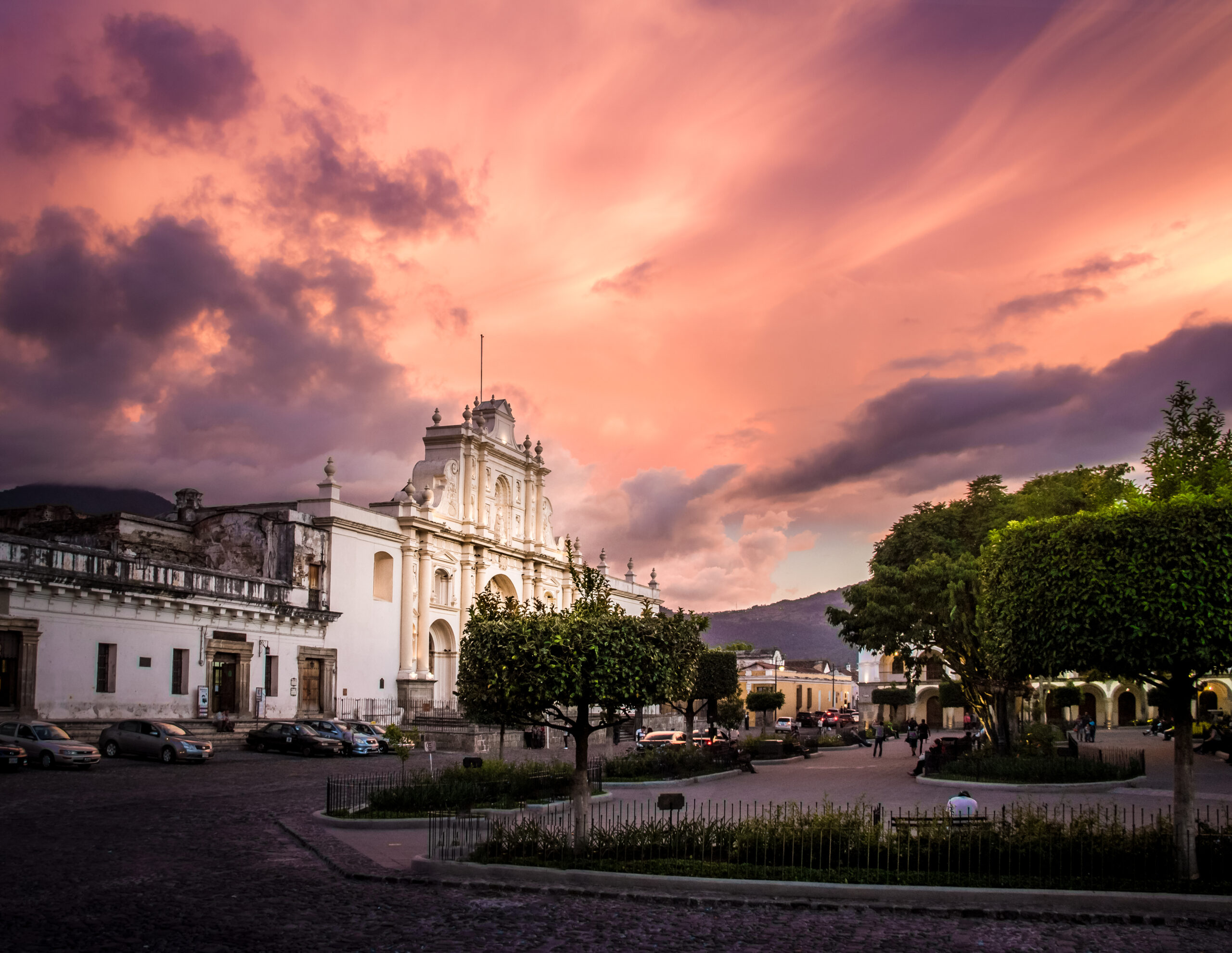
 Travel3 months ago
Travel3 months agoIs El Salvador Safe to Visit? What Travelers Need to Know
-
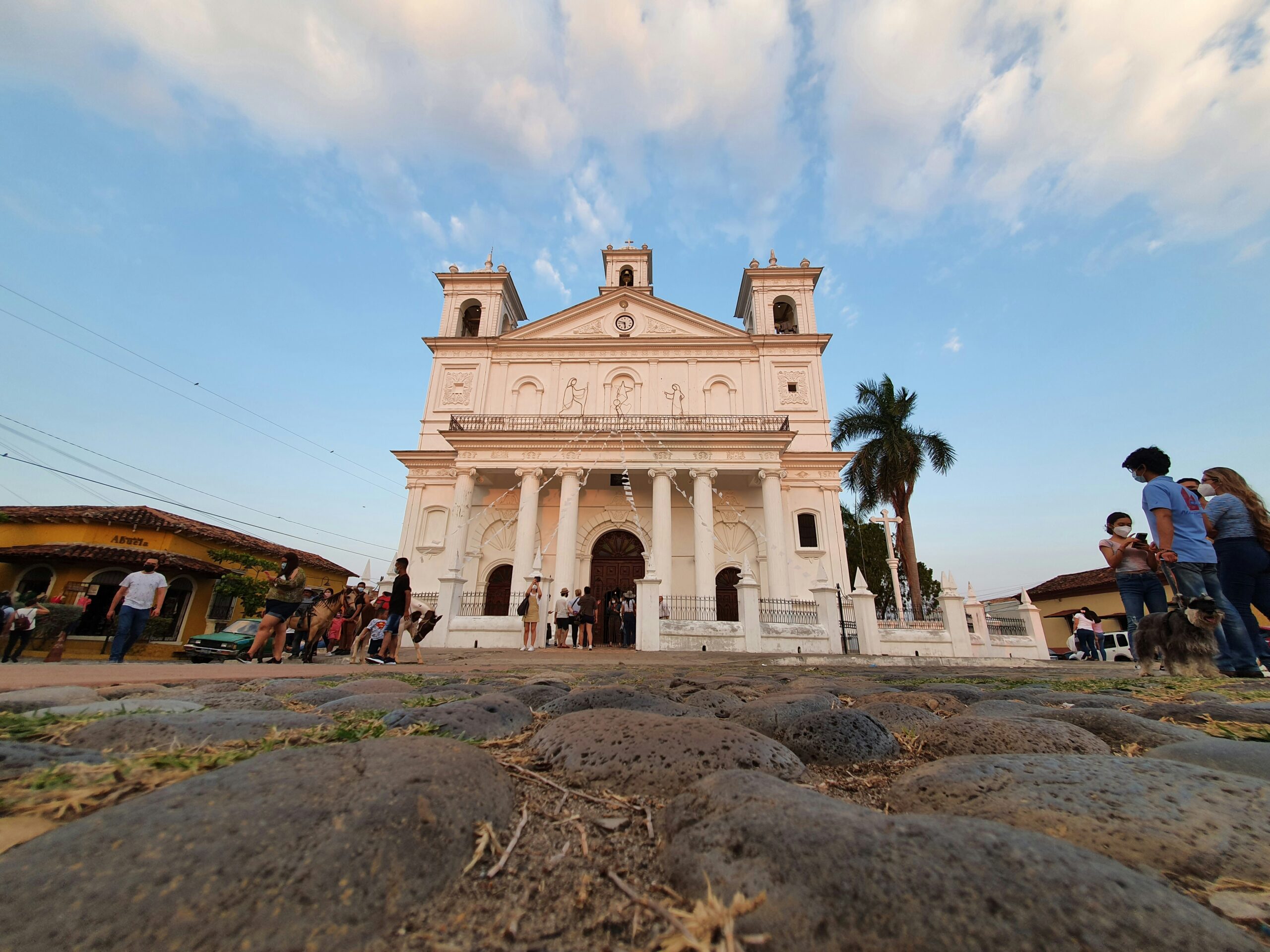
 Local Recommendations4 months ago
Local Recommendations4 months ago2 Days in Suchitoto: The Perfect Escape to El Salvador’s Cultural Gem
-
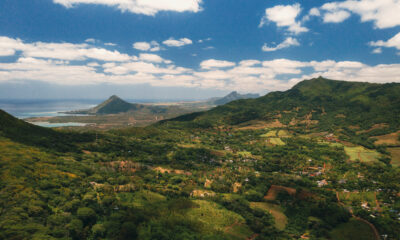
 Travel4 months ago
Travel4 months agoBest National Parks in El Salvador: Where to Experience Nature at Its Finest
-

 Entertainment4 months ago
Entertainment4 months agoThe Amy Winehouse Band to Perform Live in El Salvador – A Tribute to a Musical Legend
-
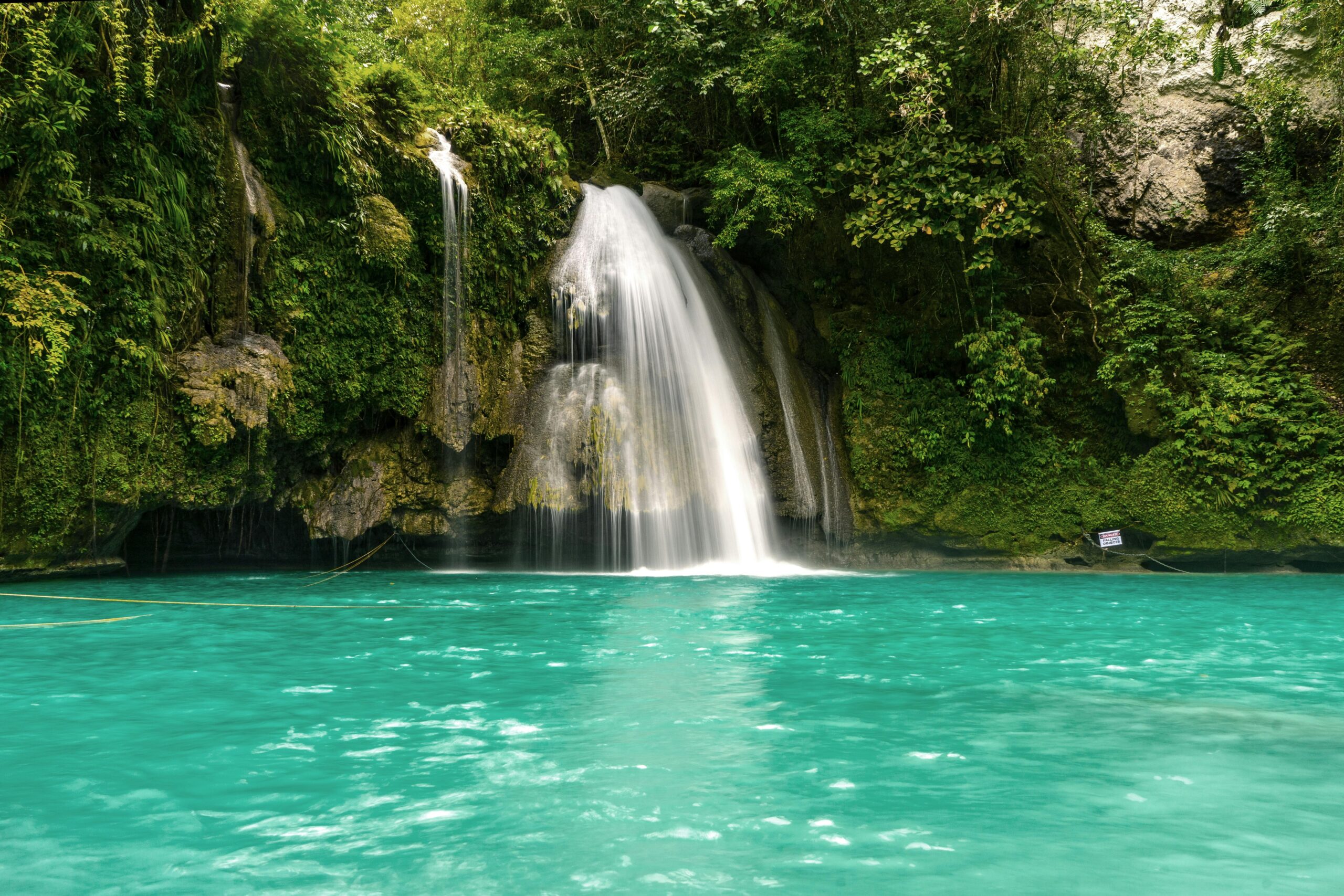
 Local Recommendations4 months ago
Local Recommendations4 months agoTamanique Waterfalls: A Hidden Natural Gem Near La Libertad, El Salvador
-
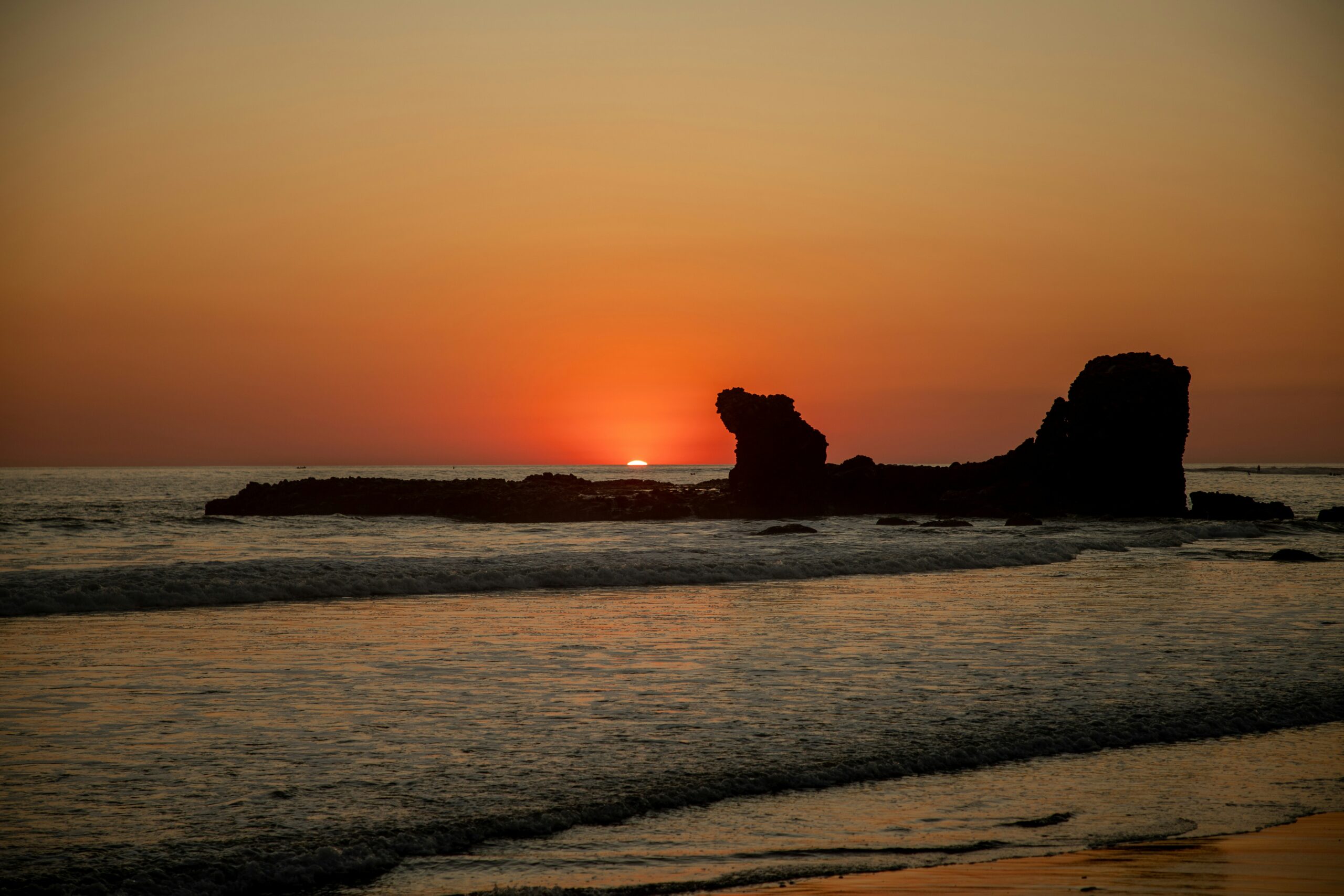
 Local Recommendations4 months ago
Local Recommendations4 months agoEl Tunco: The Surfing Mecca of El Salvador
-
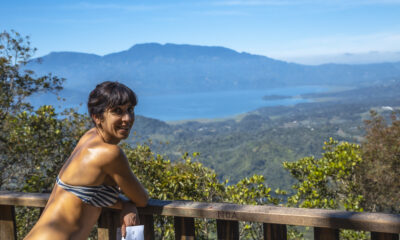
 Destinations3 months ago
Destinations3 months agoVisit Laguna de Alegría: The Emerald of El Salvador
-
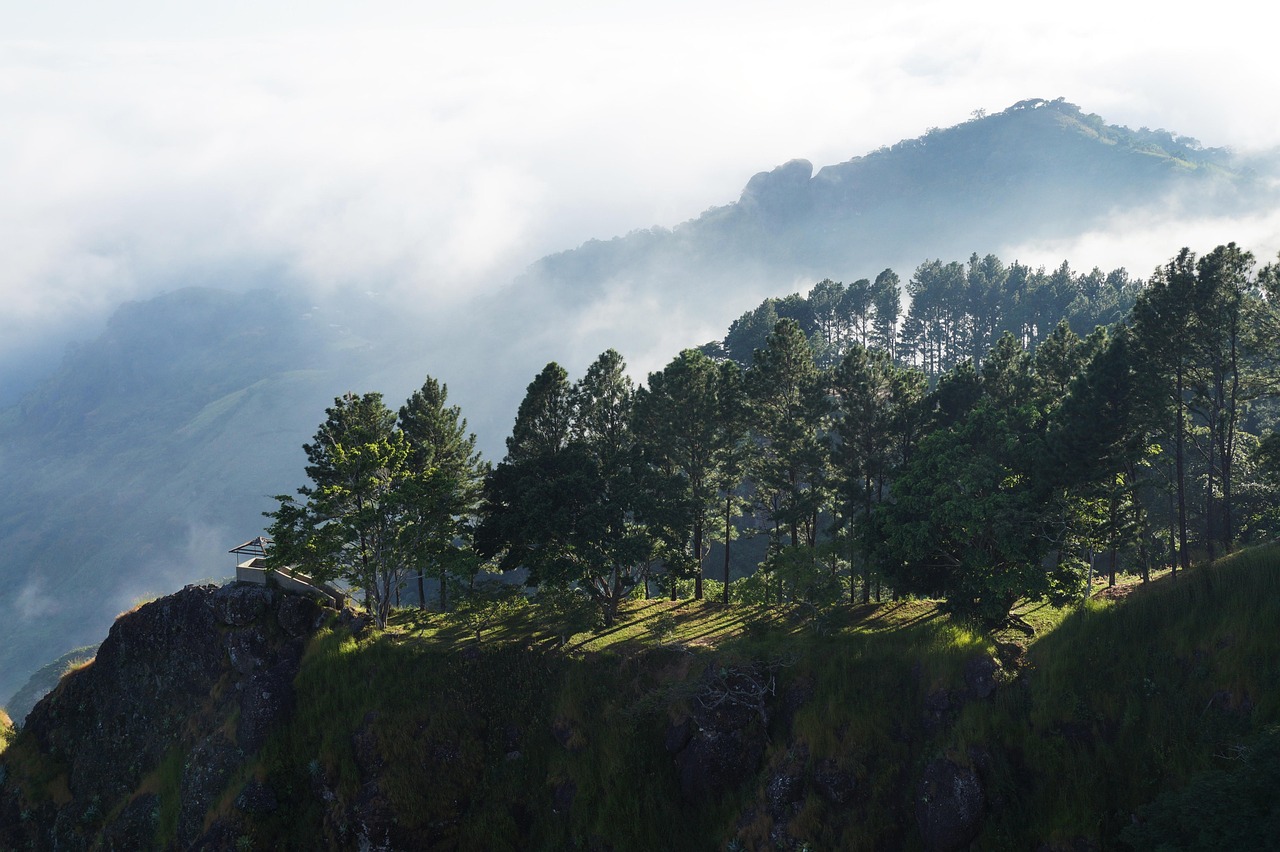
 Local Recommendations4 months ago
Local Recommendations4 months agoEl Boquerón National Park: Exploring the Majestic Crater of San Salvador Volcano




